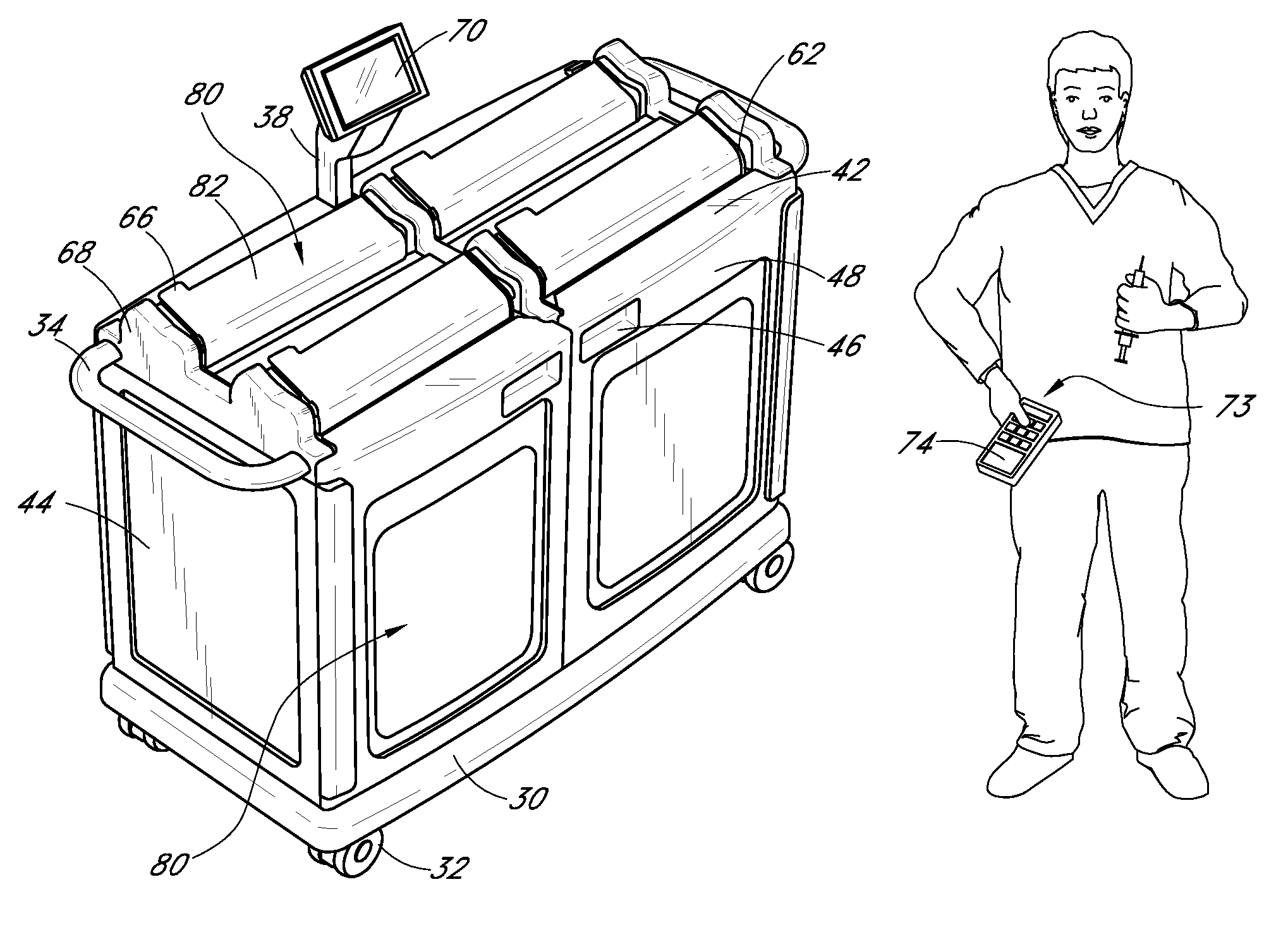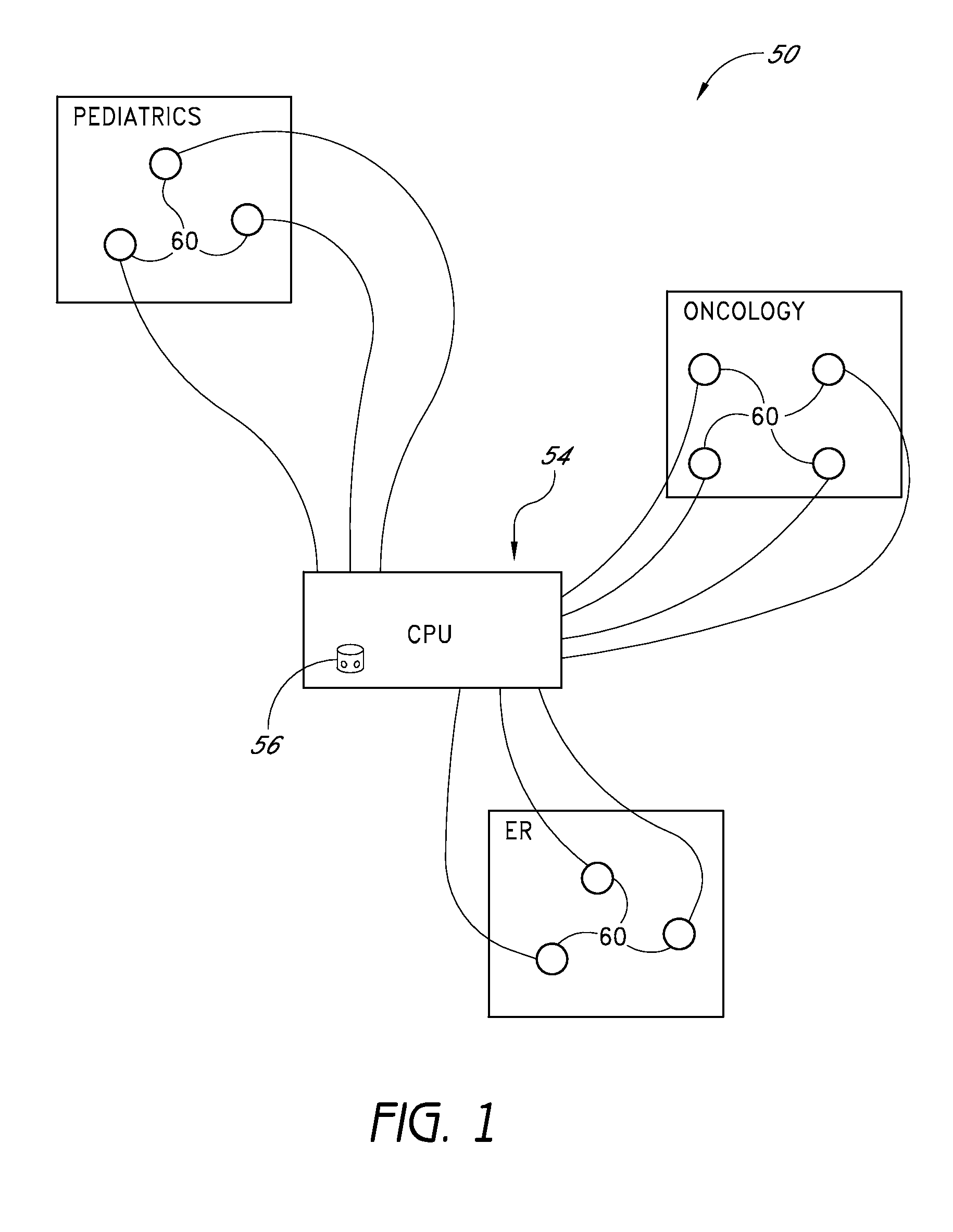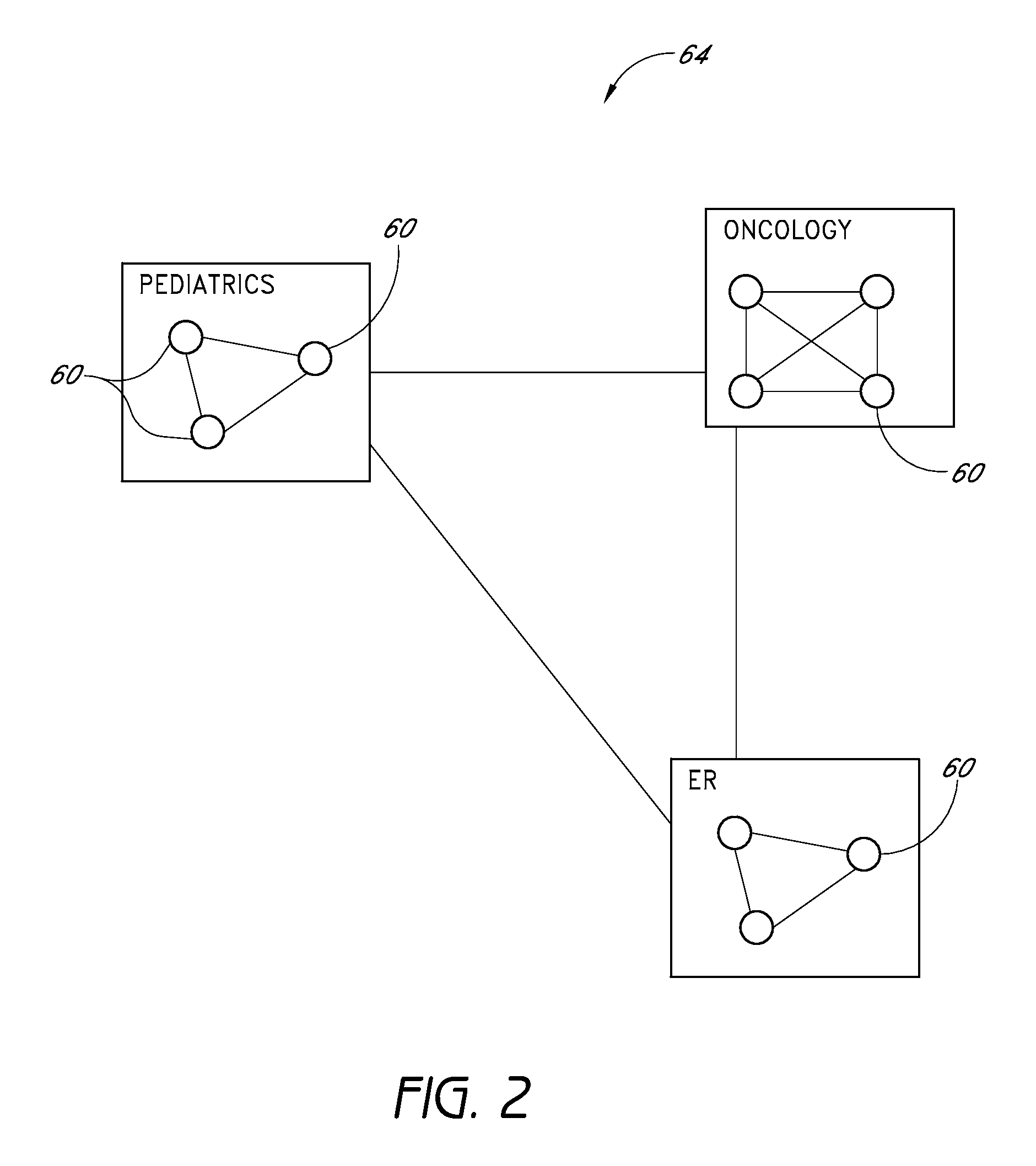Waste sorting system utilizing removable liners
a sorting system and a technology of liners, applied in the direction of rigid containers, computer control, burglar alarm mechanical actuation, etc., can solve the problems of chemical residue left after processing, little choice for hospitals, and may not be completely treated by technology, etc., to facilitate hospital compliance, easy to sort, and easy to facilitate the effect of the
- Summary
- Abstract
- Description
- Claims
- Application Information
AI Technical Summary
Benefits of technology
Problems solved by technology
Method used
Image
Examples
Embodiment Construction
Waste Sorting And Disposal System
[0147]Embodiments of devices and methods for sorting a plurality of medical wastes will now be described with reference to the attached figures. In several embodiments, the waste sorting and disposal system is automated. In some embodiments, a medical waste sorting system comprising a plurality of individual sorting and disposal stations connected to one another via a centralized or de-centralized network is provided. Alternatively, a medical waste sorting system can comprise one or more stand-alone sorting and disposal stations configured to operate independently of any other device. Although some of the following embodiments are described in the context of individual stand-alone stations, it should be recognized that such individual stations can be connected in a networked system to provide additional functionality or to improve efficiency. Conversely, some embodiments are described below in the context of networked systems, certain features and ad...
PUM
 Login to View More
Login to View More Abstract
Description
Claims
Application Information
 Login to View More
Login to View More - R&D
- Intellectual Property
- Life Sciences
- Materials
- Tech Scout
- Unparalleled Data Quality
- Higher Quality Content
- 60% Fewer Hallucinations
Browse by: Latest US Patents, China's latest patents, Technical Efficacy Thesaurus, Application Domain, Technology Topic, Popular Technical Reports.
© 2025 PatSnap. All rights reserved.Legal|Privacy policy|Modern Slavery Act Transparency Statement|Sitemap|About US| Contact US: help@patsnap.com



